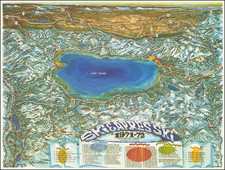Scarce early map of Redlands, California, prepared by the Redlands Abstract & Title Company.
The map shows a fantastic early snapshot of Redlands, including a number of early subdivisions.
The map includes a number of annotations in red, green and yellow. The annotations in yellow show the lines of the Pacific Electric Land Company Bus Route as of April 1, 1922.
The red and green notes appear to show the process of de-accessioning one of the Pacific Electric street car rail lines in Redlands, with a number of notes identifying the tracks de-commissioned in 1936 and other pencil notes suggesting dates between 1901 and the 1920s.
Blueprint & Blue Line maps (Cyanotype Printing)
Blueprint and blue line maps were among the most popular means for the swift printing of maps for which there would be a limited demand. A blueprint or blue line map could be made and/or revised much more quickly than a lithograph, cerograph, or other printing method, and at a much lower cost.
This method of printing was invented in 1842 by John Herschel, a chemist, astronomer, and photographer. A cyanotype process, one starts by drawing on semi-transparent paper, weighted down by a top sheet of paper. The paper would be coated with a photosensitive chemical mixture of potassium ferricyanogen and ferric ammonium citrate. The paper would then be exposed to light, wherein the exposed portions turned blue and the drawn lines, protected from exposure, would remain white.
The cyanotype printing process was an improvement on the expensive and time-consuming method of hand-tracing original documents. The technique was particularly popular with architects; by the 1890s, a blueprint was one-tenth the cost of a hand-traced reproduction. It could also be copied more quickly.
Blueprint and blue line maps began to appear as early as the 1850s and 1860s, but they really began to become the standard for mining and similar limited-purpose maps by the 1880s. The ability to create these maps quickly and at a low cost made them the standard for short-run prints, ideal for mapping mining regions in the West and for similar purposes.
The method still exists today, but in a very limited fashion. In the 1940s, diazo prints (whiteprints or bluelines) became more popular, as they were easier to read and faster to make. The blue lines on a white background of these prints are now what most people call blueprints.











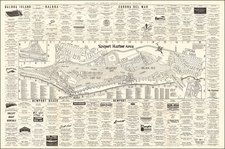
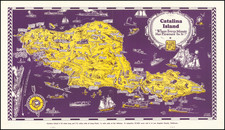
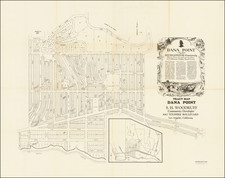
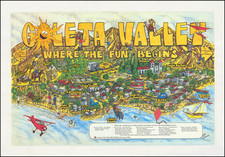
![[ Los Angeles, Santa Barbara, and Monterey ]. Plans on the Coast of California](https://storage.googleapis.com/raremaps/img/small/72683.jpg)
